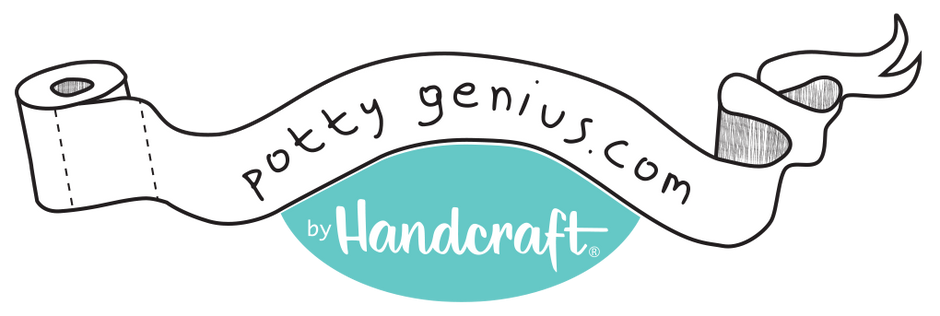Some toddlers are so comfortable with life in their own little worlds that they resist every attempt at potty training. As a result, it’s only natural for
parents to get frustrated and feel alone in a world where every other child except theirs seems to be potty trained. Sound familiar? Here are five tips for potty training a reluctant child.
1. Accept Them for Being Strong-Willed
Some kids are more easygoing than others, and some take more time to warm up to new concepts. Whether this means your child is either strong-willed or stubborn is up to you to decide. But keep in mind that same cautiousness can actually be a positive trait later on in life, so try to avoid the thought that your child being more difficult to potty train is a negative trait. It just means that you may have to adjust your method. One way to adjust for a strong-willed child is to break up each individual task into smaller, less overwhelming parts. One baby step can make your child feel more confident and open the doors to the next line of business. For example, by asking your child to just sit on the potty for the first time, you’re helping them overcome their first fear. And if they take the first step of just sitting on it, even if it takes a while to muster the courage, they are a little closer to actually using the potty.
2. Make It Fun and Eliminate Sources of Stress
Believe it or not, potty training should be fun for both of you, even if it is incredibly frustrating. So hide any discouragement and be the cheerleader your child needs. Praise them for all successes and give encouragement whenever there’s a setback. You can eliminate any sources of stress by creating a relaxing bathroom routine for your child, so they know what to expect and when to expect it. For example, go as soon as they wake up, as well as before and after meals and naps. Put potty training books near the toilet. Have a little jam session by singing or playing potty songs in there.
3. Use Rewards That Work
Sticker charts are popular, but they don’t work for everyone. Nonetheless, it’s worth the effort to create a chart that allows you to put a sticker on it for every time they use the potty or at least try. Keep it in the bathroom near the potty. When stickers lose their luster, you may have to up your game, but it’s a start!
4. Consider This: Maybe They’re Not Ready
Before jumping the gun and assuming your child is stubborn, realize the fact that a child has to be both physically and emotionally ready to start potty training. No amount of bribery or special tricks will work if your child isn’t ready, to begin with. Most children aren’t able to control their bladders and bowels until 24 months anyway. How do you know if your child is ready? There are a variety of indicators that your child may be ready for potty training, such as
these signs from WebMD, but the most common indicator is if your child regularly wakes up dry after sleeping. Keep in mind that they may still wet their diaper at nighttime, and that’s okay at first. As long as they wake up from naps dry, you can most likely start potty training and ditch the diapers during the day!
5. Don’t Rule Out Medical Reasons
If readiness isn’t an issue, it could be constipation. For example, it is common for some children to pee in the potty, but avoid pooping at all costs. According to popular pediatrician
Dr. Sears, constipation can not only make it difficult for your child to “go,” but also cause future reluctance because the child associates pain with the potty. Therefore, the child holds it in, and the cycle continues. If this sounds familiar, contact your doctor about possibly changing your child’s diet or any medications they may be taking. http://pottygenius.com/6-great-potty-training-incentives-for-children/
The Emotional Side of Potty Training

